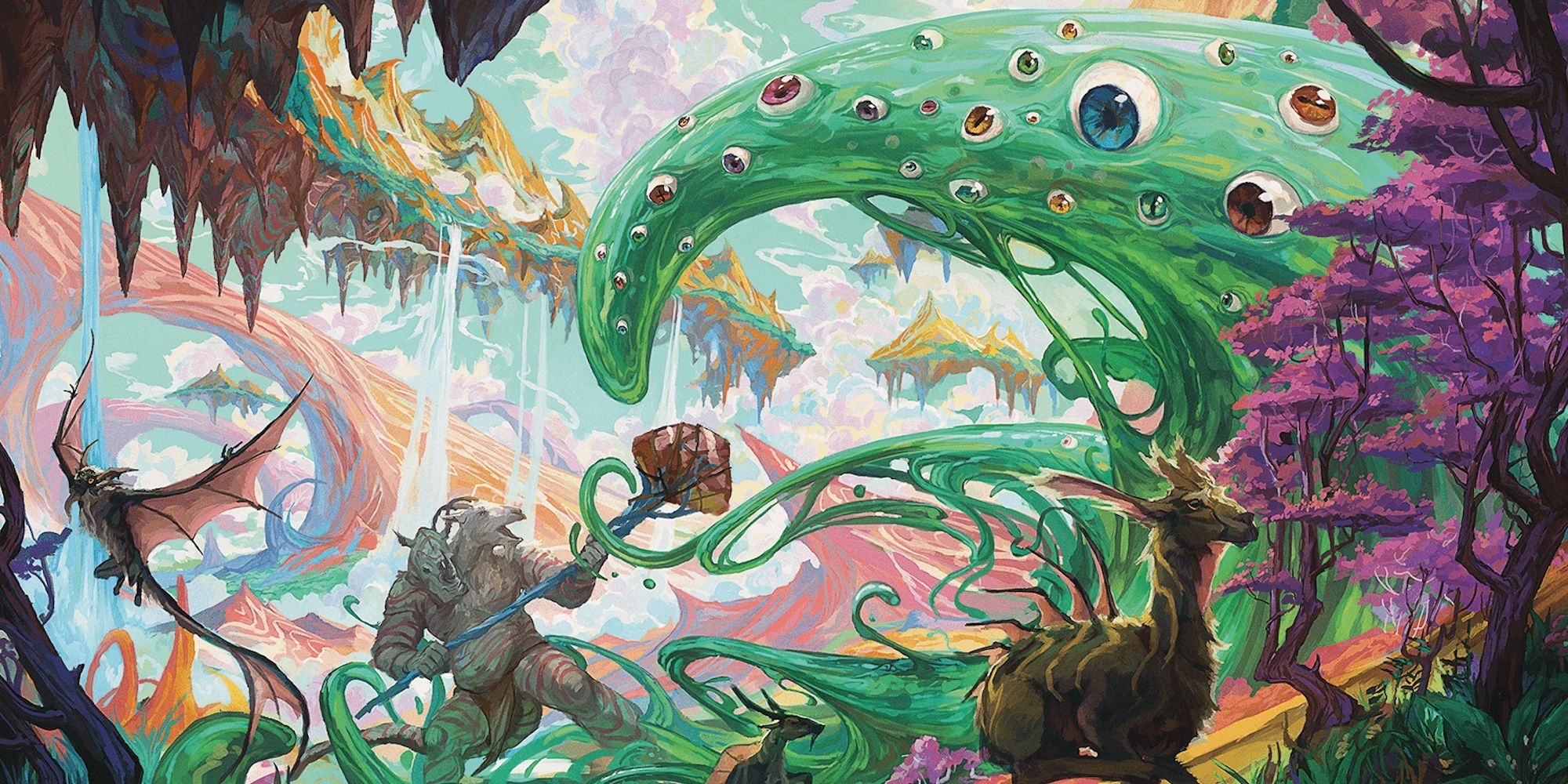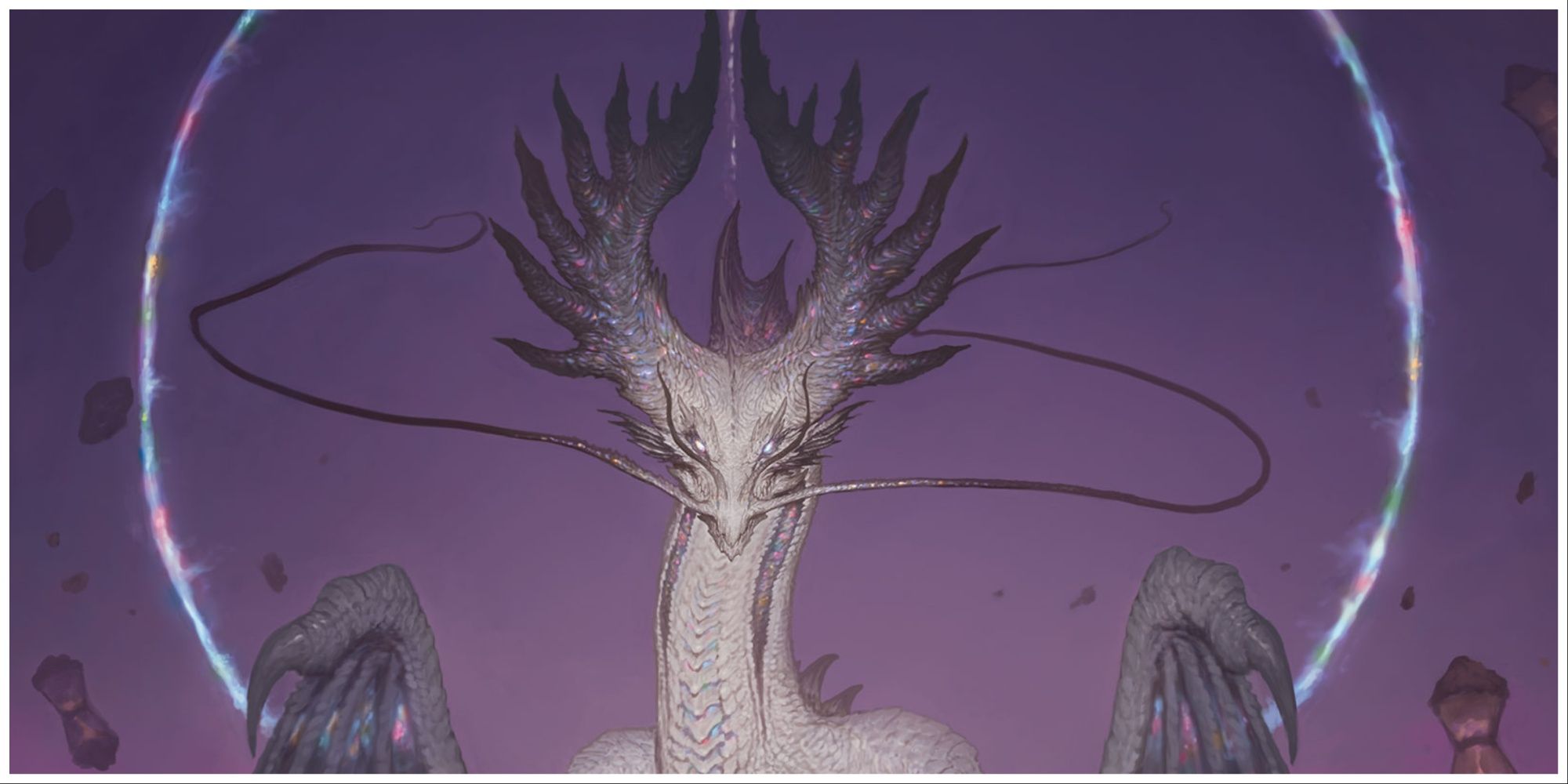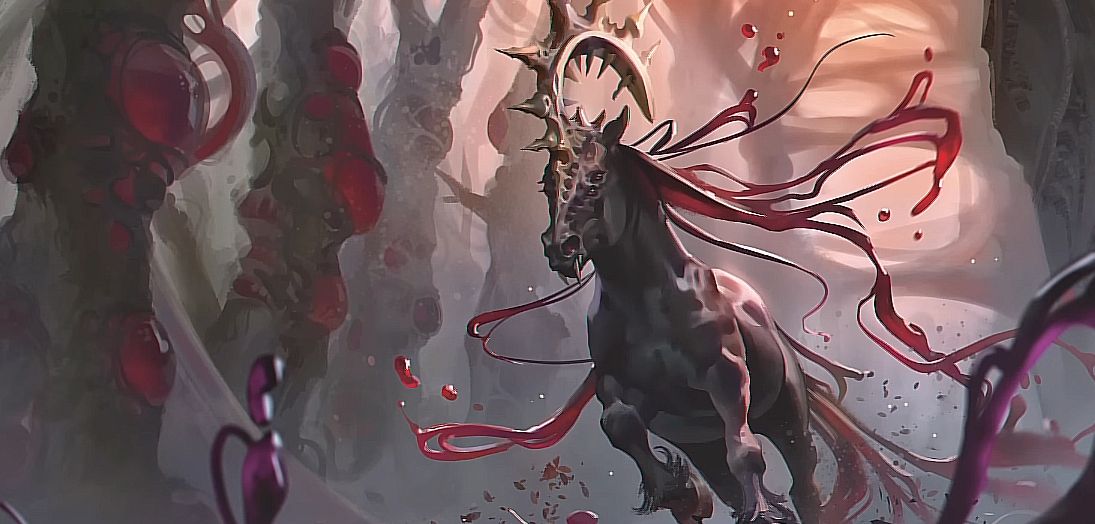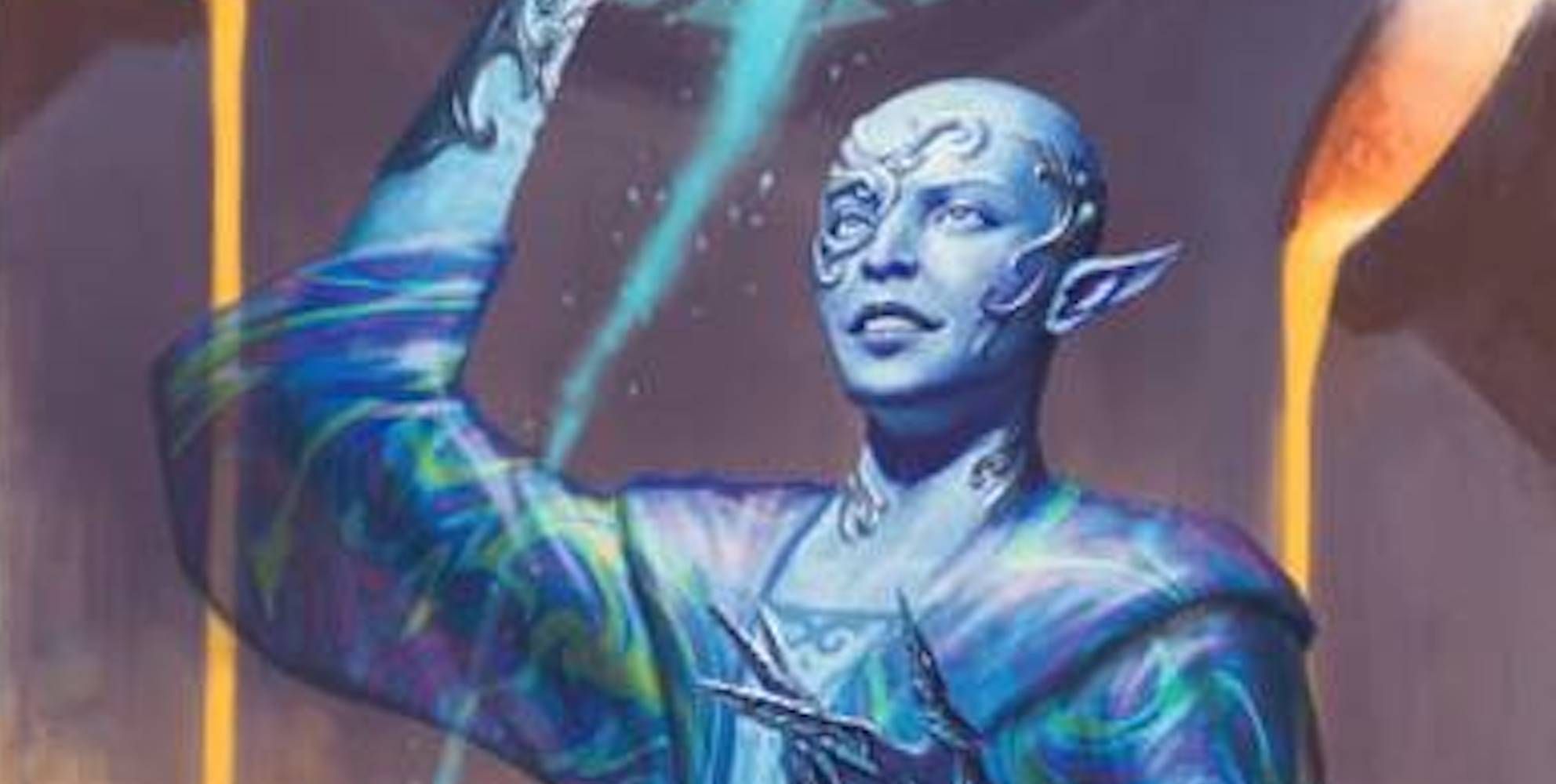Quick Links
- What Are Planar Influences?
- Adding To Your Player Characters
The Outer Planes, introduced in Dungeons & Dragons‘ Planescape setting, house forces of good and evil that are so powerful that they can alter the physiology of those that reside within them. Considering the lore of tieflings and aasimar, the concept of planes being able to show up in bloodlines is old news for Player Characters, but Planescape offers new and exciting ways to interweave Planar Influences into your campaign as a whole.
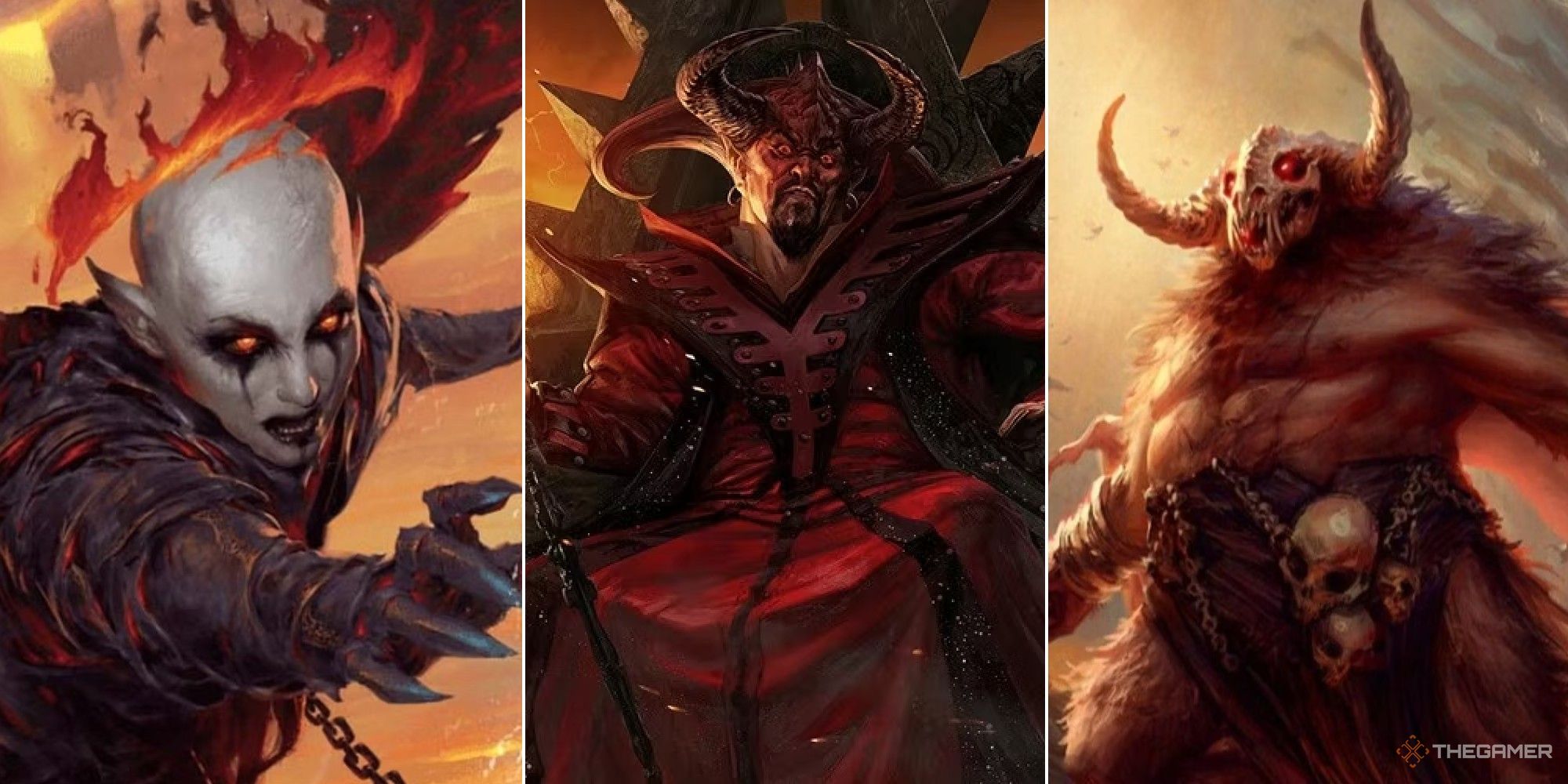
Dungeons & Dragons: What Is The Blood War?
What is the Blood War in DnD? What’s the difference between Demons and Devils? We answer all here.
The Outlands are a great example of this; the home of Gate Towns, areas of confluence between the planes. Creatures within these areas may start to exhibit natures that align with the plane most closely associated with their town, no matter their traditional origin!
What Are Planar Influences?
Planar Influences are among one of the many odd occurrences to happen to a creature in the Outlands. As introduced, ‘Planar Influences’ consist of a myriad of traits your character or creature can adopt. For instance, a dragon born within the Celestial Plane of Elysium might have glowing eyes and feathers on its wings, or a unicorn trapped in the Abyss may have scales and a coiling, spaded tail.
Aesthetically, this is a very simple concept to understand and play with. Even creatures who have inherent planar influence, such as Gith, may be affected and changed by the planes they’ve inhabited or were born in, physically altering them.
There’s only one hard rule as far as influence goes beyond aesthetics:
A creature altered by a plane will have its alignment changed to that of the plane. If the plane of Hades is Neutral Evil, so too will the creature be. If the plane of existence has multiple alignments, such as in the case of Gehenna, then you’ll choose a single alignment to represent the character.
Something interesting to think about is that multiple planes of existence can affect a creature. They aren’t limited to a single influence, allowing you to mix and match with damage types and features.
While not explicitly stated in the text, one can reasonably conclude that, alignment-wise, having multiple planar influences functions the same way as a plane with multiple alignments. Choose one from the plethora available.
Editing Monsters
There are a few traits you can gather from the planes of existence that are more mechanical as far as statblocks go. For example, a creature from the plane of Limbo may cause the ground within 20 feet of the creature to become difficult terrain for one minute. You can add these traits to characters or creatures as you see fit.
All of these traits can be found in the official Planescape book.
One way you can incorporate Planar Influences is by directly editing statblocks of monsters for more high-powered combat encounters. Always wanted your Bronze Dragon to have the ability to explode into a mass of writhing snakes upon its death? Consider adding in the trait ‘Viper Nest’ from the Nine Hells.
A great way to begin editing a statblock is to look at what you’re happy parting with in it. You don’t want to overwhelm your players with a massive, unkillable creature jam-packed with sixteen resistances.
Instead, use a method of give and take. Get rid of fire resistance, perhaps, and replace it by giving the creature Ysgard’s trait of having advantage on melee attack rolls against targets as long as they’re missing half their hit points. This will keep your more seasoned players on their toes, and create interesting stakes while still letting the creature to be felled.
Aiding Your Setting
Whether you’re using Planescape or not, Planar Influences can extend anywhere. Planar Influence isn’t just limited to a creature: the existence of Gate Towns is enough to prove that civilization can adapt to portals to other words springing up within Dungeons & Dragons lore.
Adding a touch of the Hells to a small village can improve the interest in the stories told there. Perhaps the villagers have glowing irises that no one questions. Perhaps a non-tiefling child has been born with bat wings. Beyond just civilians, giving the area a scent of sulfur or letting ever-present dark clouds hang over the local temple can help set a tone for an otherwise unmemorable village.
Study your influences and inject them throughout your world. Look at how two opposing planes might interact. Does the land itself upend, unable to reconcile the difference, threatening to swallow a city whole? Do the trees glow unnaturally, their ability to heal aided by two different planes?
If you want to be Planescape specific, these concepts are good ways to visualize the world. While the book details harmony within some of the Gate Towns, what happens when one starts to gain a larger influence? Does the landscape start to shift to reflect it? Is there pushback? Does planar magic war for control in an area?
You may find yourself creating adventure hooks and stories surrounding these stories, and so much can be added to your campaign through these simple and easy-to-integrate influences.
Adding To Your Player Characters
Gate Warden and Planar Philosopher are backgrounds introduced in Planescape. Both have features that offer resistance based on their plane of origin to players who select them. This is a feature called “Scion of the Outer Planes.”
This concept slots right into the idea of Planar Influences, not only providing you with an official template to go off of but also an idea of how to edit and add to Player Characters. As long as you scale your enemies accordingly, you could potentially give your players a little boost to their characters. With Custom Origin, this is even easier, allowing you to customize your characters to the fullest.
A couple of fun ideas for players might be attributes like the Trackless feature from the Beastlands, potentially allowing your player to leave no tracks to indicate where they’ve been. Another fun one could be Hidden Slaad, a feature allowing a player to have a slaad tadpole burst from their chest upon their permanent death.
These features will have to be more heavily regulated, but with the right players, you can work some of the more harmless pre-generated traits into their character sheets.
These influences aren’t difficult to understand and are extraordinarily accessible to new and veteran Dungeon Masters alike. Now that you know how to make the Planar Influences work, let planes make their way into your campaign!
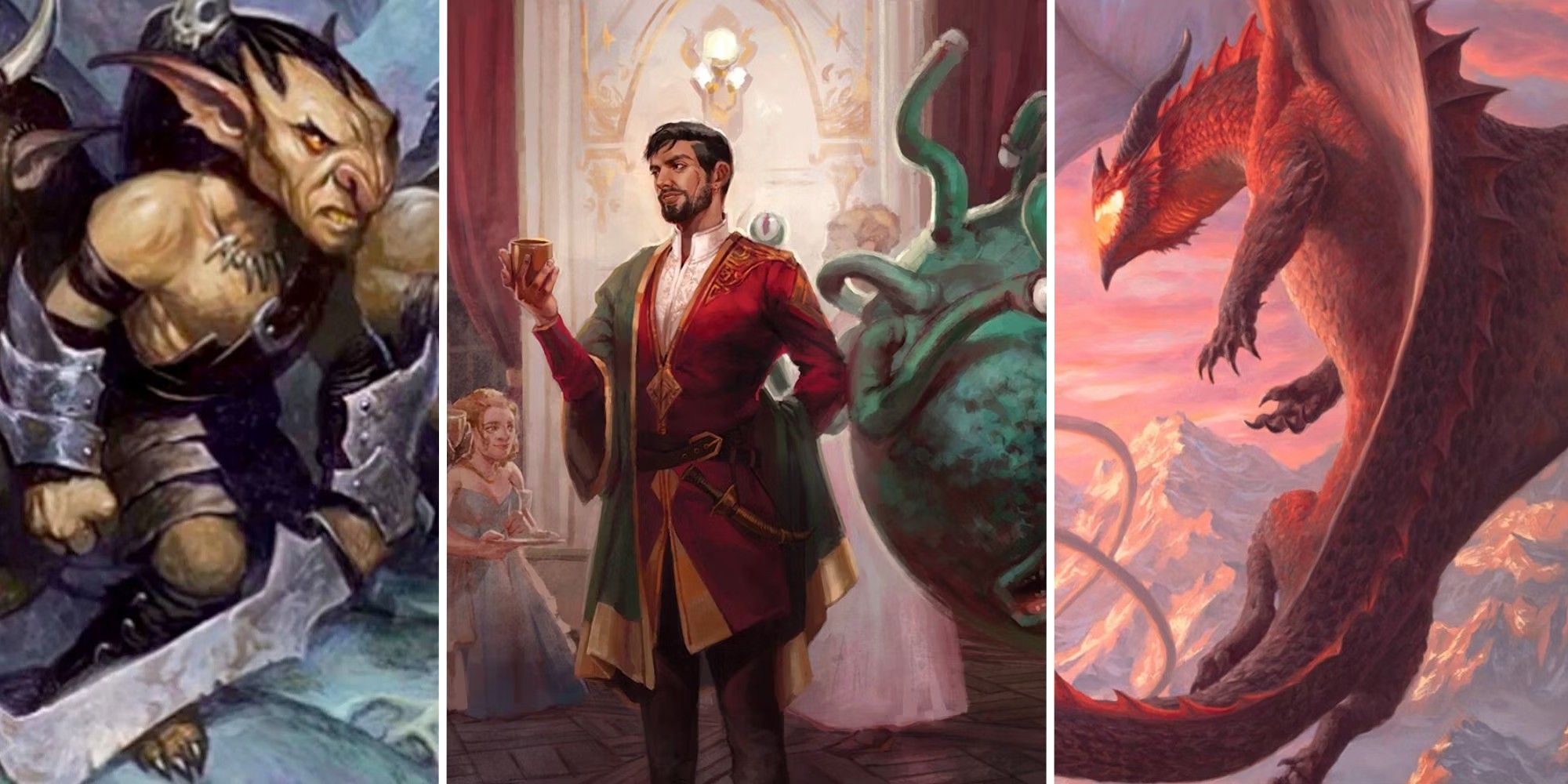
Dungeons & Dragons: 20 Ideas For Running A One-Shot
For beginners or a quick adventure, one-shot campaigns can be the perfect way to go.

